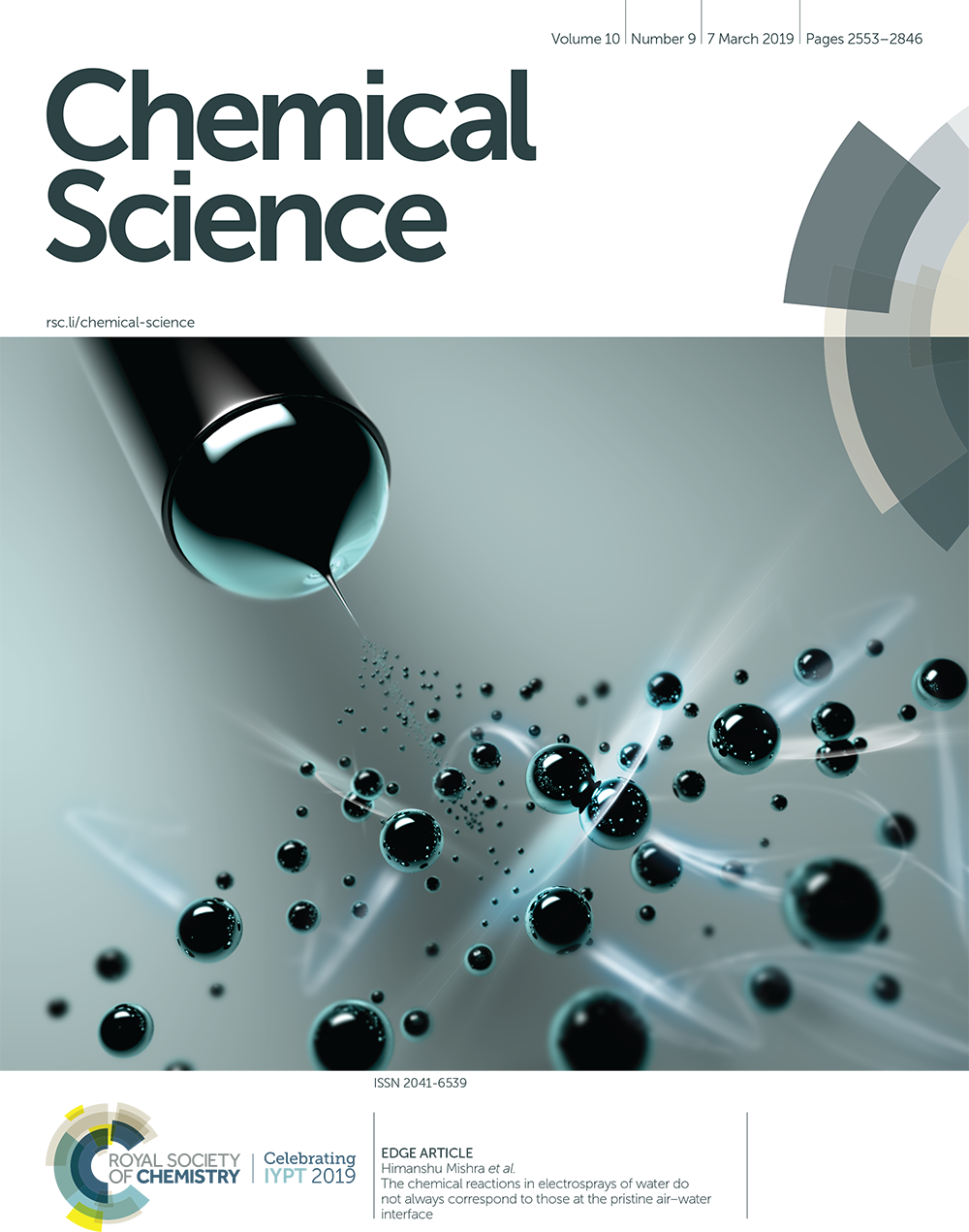


28 February, 2019


The researchers investigated the reactivity of isoprene—a volatile molecule released by plants experiencing heat stress—at the water interface. “We compared two scenarios: electrosprays of water interacting with isoprene gas and vigorously stirred mixtures of water and isoprene in closed vials,” explains Adair Gallo Jr., a Ph.D. student in Mishra’s team and lead author of the study.
The team looked for the formation of short isoprene chains called oligomers. “Intriguingly, isoprene spontaneously formed oligomers in electrosprays, under acidic and basic conditions, and even in the absence of water,” Gallo says. No oligomerization products were detected when acidified water was vigorously stirred with isoprene for hours. But when the same organic phase was electrosprayed, oligomers formed. The findings unequivocally establish that the oligomerization took place exclusively in electrosprays.

Computer simulations carried out by Adriano Sanchez, a postdoctoral scholar in Mishra’s team, gave molecular-scale insights into the results. “We found that oligomer formation was only possible on gas-phase clusters comprising not more than three water molecules and an excess proton,” Sanchez says.

Collectively, the team’s results demonstrated that electrosprays present highly energetic gas-phase pathways for chemical reactions to occur that are impossible at natural air-water interfaces. “Electrosprays should therefore be complemented with surface-specific techniques and computer simulations to avoid incorrect conclusions when studying interfacial processes,” Mishra says. “I have been thinking about this problem for over six years, and now, thanks to my team, we have managed to disentangle purely interfacial effects from artifacts” says Mishra. This contribution will feature on the cover of the journal Chemical Science.

Chemical Science published on Feb. 27, 2019, covers feature article about the latest work of Prof. Himanshu Mishra and his team.